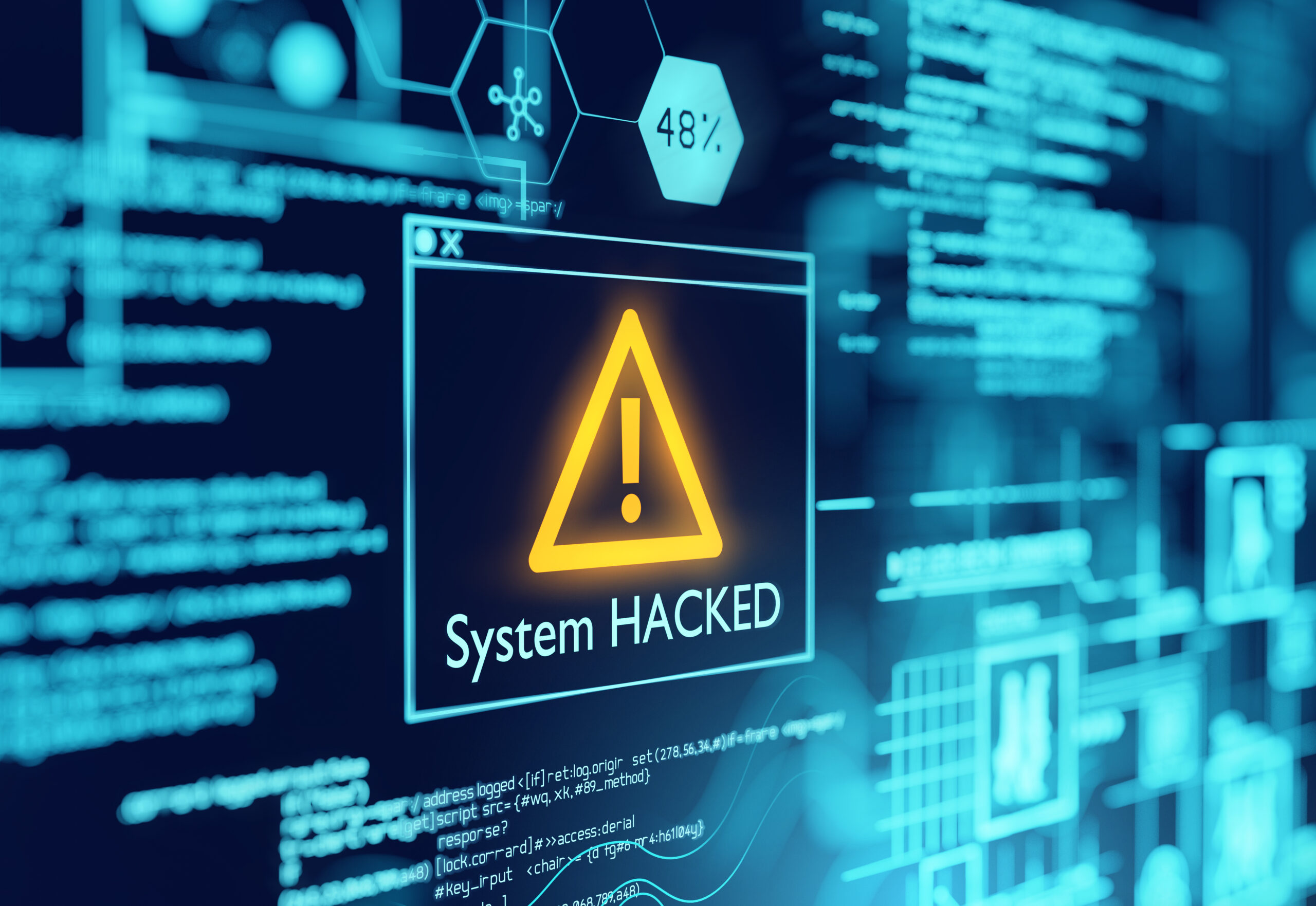Change takes time, but it seems that businesses in general, not just large enterprises, are realizing that cybersecurity isn’t a fad but a key part of most modern businesses. Wayne Hunter, Founder and CEO at AvTek Solutions, Inc., has been preaching that message for years and we recently had the chance to interview him.
Something unique about AvTek that shows how seriously they take cybersecurity is their $1M guarantee against ransomware. If ransomware gets past the defenses they erect for your company, they will pay $1,000 per endpoint, up to $1M.
Continue reading









